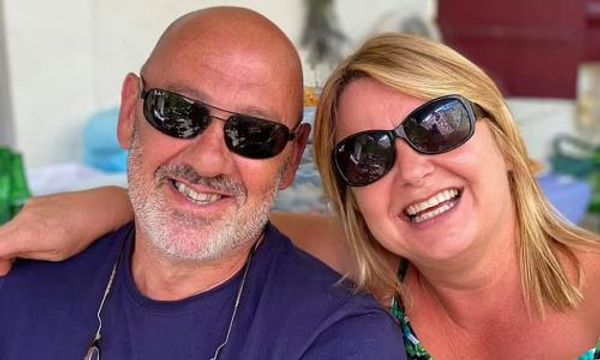
When a sports team finishes a game, it usually doesn’t gather up its gear and immediately leave the court, rink, field or locker room. The players and coaches take a few minutes for a post-game meeting—a ritual that’s just as important as the pre-game warm-up.
In our view, participants in business meetings can benefit from the same exercise. A quick post-meeting wrap-up with attendees before they leave the room goes a long way to ensuring the gathering achieved what it set out to, and that future get-togethers will also prove successful. Here are three steps to take at the end of each meeting though you can, of course, dial up or down each component as the situation warrants. Once you’ve done this in person, make sure to follow up in writing, as well.
Confirm key decisions and next steps. Recap what was decided in the meeting, who is accountable for following through, when implementation will occur and how it will be communicated. You want every attendee to leave the meeting with the same understanding of what was agreed, so there’s little chance of anyone reopening the issues later. One client we’ve worked with preps for this end-of-meeting review by writing down decisions as they are made on a flip chart so nothing is forgotten or overlooked. He also notes action items, including who is responsible, when they should happen and how status will be reported back to the group.
Develop communication points. If a colleague not at the meeting asks an attendee “What happened?” he or she should know what to say. So before you wrap up, put the question to the group. “What are the most important things we accomplished in our time here together?” As the group responds, capture the key points on a flip chart or whiteboard and briefly summarize them. Once you have alignment on what should be communicated to others, ask everyone if there are any parts of the discussion that they wouldn’t want to be shared. Some information might be confidential; perhaps some ideas aren’t quite ready for dissemination. Be as specific as possible here so everyone clearly understands what is off limits.
Then, as soon as possible after the meeting, send your agreed-upon talking points to everyone in an email. The goal of this exercise is not to give people a script to read from. It’s to provide guidance on the key messages they should convey, and what they should keep to themselves, if asked, so the rest of the organization gets a consistent picture of what went on. After a recent strategy meeting of the top 30 executives at a major technology company, for example, the group decided on these communication points:
—This was not a one-time event, but the beginning of this group coming together as a senior leadership team.
—We talked about our strategy, which is to build a collection of great businesses in strong categories.
—We agreed that each business should focus on driving its own growth, but, where it makes sense, units and functions should leverage each other’s best practices and capabilities. We captured some ideas for how to start doing this, and talked about opportunities for leaders to grow and take on new boundary-spanning roles.
Gather session feedback. Especially if your group will meet regularly, ask attendees for feedback on the session while it’s fresh in their minds. This is an oft-missed opportunity to learn both what people liked and what they would change. Instead of asking a broad question like “What feedback do you have?”, which often yields equally vague and unhelpful responses, break the discussion into what we call “roses” (positives) and “thorns” (negatives). Start with the latter. Tell attendees to think about everything they have received or done related to the meeting from the time they were invited to the review, including any pre-reads, pre-work and aspects of the meeting itself, such as location, time quality of the coffee, etc. Then ask, “What could be improved?” Avoid debating the suggestions raised, but do ask questions to clarify what’s being said. Finally, turn to roses. Ask the group “What went well? What should we be sure to do again in the future?” Coming on top of the recap of decisions, next steps and talking points, this last discussion helps you end the session on a positive note.
Bob Frisch is the managing partner and Cary Greene is a partner of the Strategic Offsites Group Inc., a Boston-based consultancy. Both are co-authors of Simple Sabotage: A Modern Field Manual for Detecting & Rooting Out Everyday Behaviors That Undermine Your Workplace (HarperOne, 2015).
©2016 Harvard Business Review. All rights reserved.







